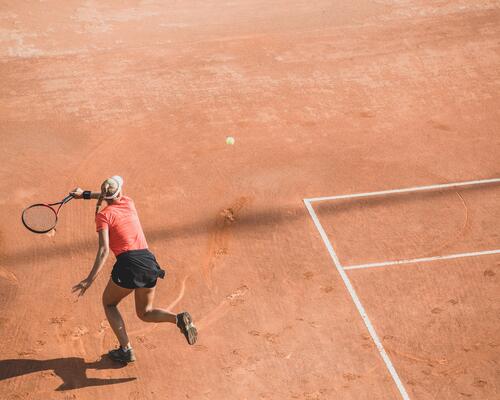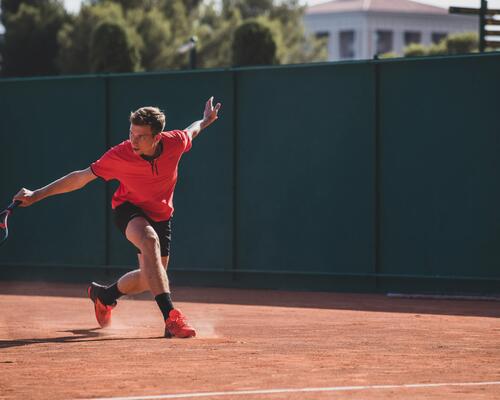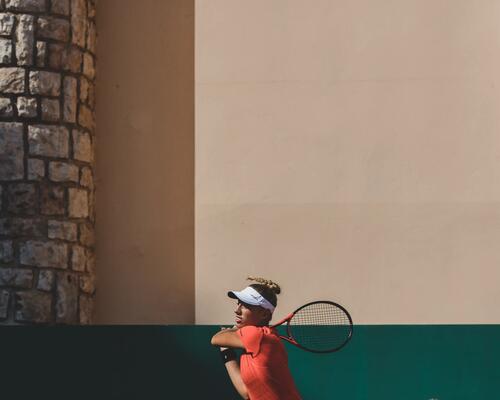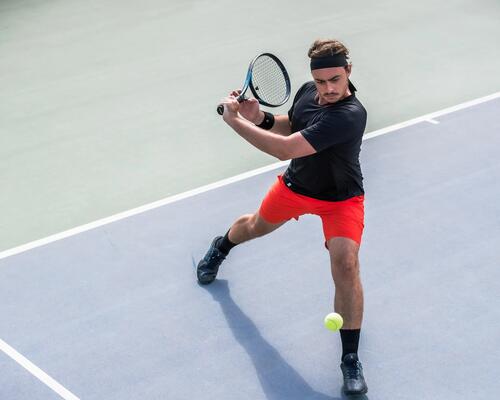Offensive backhand: "should i shift or not? »
Do you want to shift when a high ball arrives? That's normal, but is it really the right time? Your backhand could make the difference.
But be careful of "fluffy" balls with no speed or weight, don't rush in!
Go for a long, precise topspin backhand (see "Topspin backhand") to get a more consistent ball that will allow you to attack.
Accelerating a high ball, above your shoulder, with a backhand is extremely complicated, since you must often do a jumping backhand where it's difficult to put weight and speed into the ball. (See "jumping backhand”). So wait for a more suitable ball.






